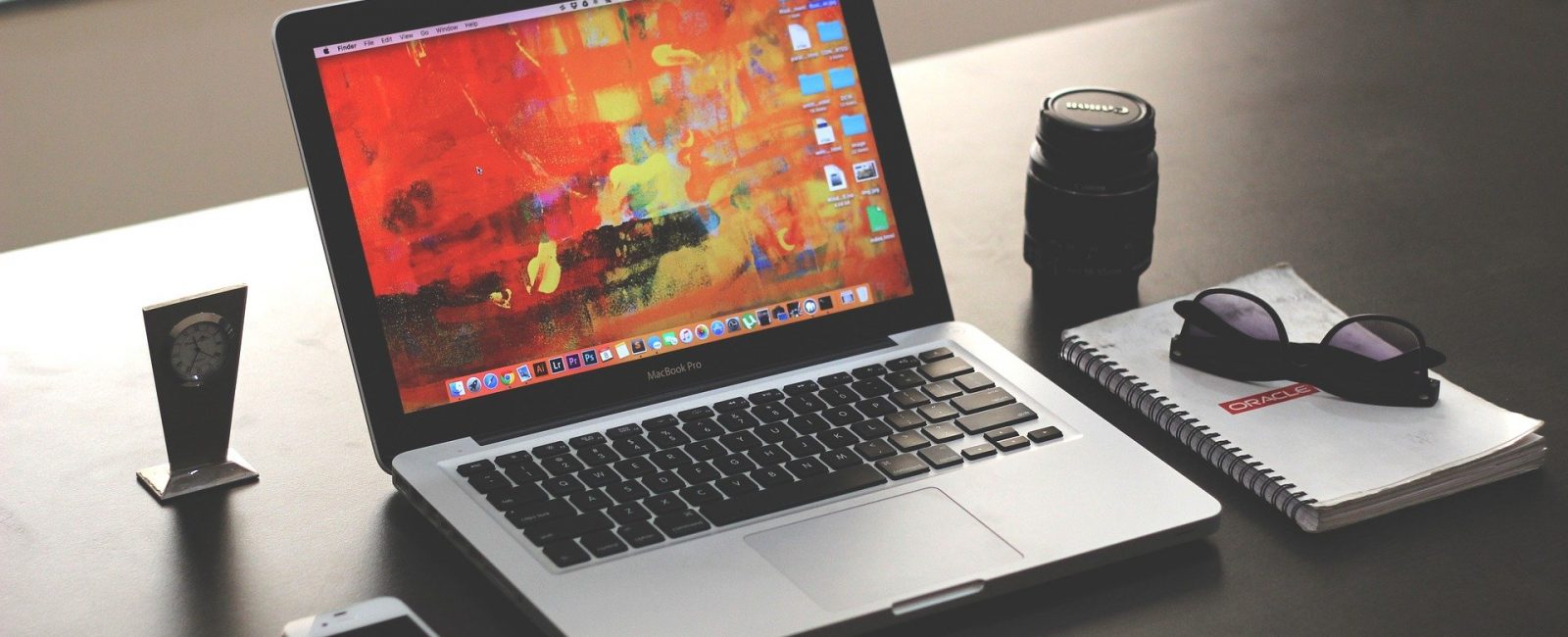
Graphic design utilizes visual creations to tackle issues and communicate ideas through typography, imagery, shading, and form. There’s nobody way to do that, and that’s the reason there are several sorts of graphic design, each with its area of specialization.
Graphic Designing Tools:
- Pen and paper:
Using Pen and paper is the cheap and reliable way to transfer design ideas from your head to the real world. Analog portrays serve somewhat like the sacred connection between the great graphic artists of the past and the new tech-enabled designers of today. People usually can use it for drafting their work schedule as for logo designer or any other etc.
- Visme:
Visme has an incredible arrangement of text alternatives that allow the client to create virtually any style and substance format. To place text in your venture, click Basic on the left panel. Snap-on the Header and Text alternative and pick the content squares you wish to utilize. Place the ideal content gadget onto the venture by either clicking straightforwardly on it or dragging and dropping it onto the canvas
- Myfonts.com:
Select the WhatTheFont button in the navigation; at that point upload a screen capture of the content to recognize the textual style. Or on the other hand, essentially take an image or upload one from your telephone, tap the textual style you want to recognize, and boom—you’re all set. (Tip: use as clean a screen capture as conceivable so the program can read it.
- Picsart:
PicsArt’s devices are instinctive, easy to utilize, and free. There is a wide range of creative web apparatuses for organizations, making the altering experience in the work area substantially more productive. From AI-controlled background removal to creating designs from scratch, Picsart offers all the necessary devices for you to prevail in substance creation, social media, and web marketing efforts.
- Wacom Bamboo Slate:
The Wacom Bamboo is a slate that can be fixed under the original paper piece. This is a dream unit for professional graphic designers and digital artists seeming to be more productive with their work process. Here and there a customizable device like this pushes you to the following chapter of your talent.
Tips & Tricks:
Following are some tips and tricks:
- Collect inspirational work:
When you choose to learn design, start assembling a catalog of work you believe is fruitful. That can be as basic as bookmarking images in your internet browser, making a Pinterest board, or saving things to an envelope on your PC. Like a list of influencers, a catalog of moving work will assist you with distinguishing patterns – both past and present – in design as you begin to perceive patterns crafted by others.
- Consider the scheme of shading:
Further up in the list, we talked about shading palettes and shading topics. Yet, that’s not all you need to think about shading. At the point when you pick the tones for your designs, consider what each tone addresses in an emotional and cultural sense. Designs with solid intense tones compared to soft pastel tones move diverse emotional reactions in the watcher. Think about the feeling you want to portray and utilize colors that mirror that.
- Dissect the process:
Analyzing the cycle behind a design will allow you to understand the means needed to create a piece of work. Contingent upon your present ability level, you may have an advantage in realizing which devices were utilized, or which aspect was created first. In any case, don’t let that stop you – examining the development of a design will allow you to utilize your creative muscle. Educated suppositions will do far more to teach you than doing nothing at all.
- Improve readability:
Another great tip is to always make your content easy to read. This applies to how you overlay text on backgrounds, the tones and textual styles you use for headings, and how components relate to the text and stream of the design. SEO experts say that pick the best typeface for your undertaking; one that matches your message as well is easy to read. It should be easy to read over a background image or surface.
- Proofread your work:
Proofread your work before submitting it to your customers. At the point when you convey your work liberated from mistakes and careless blunders, it shows your professionalism












